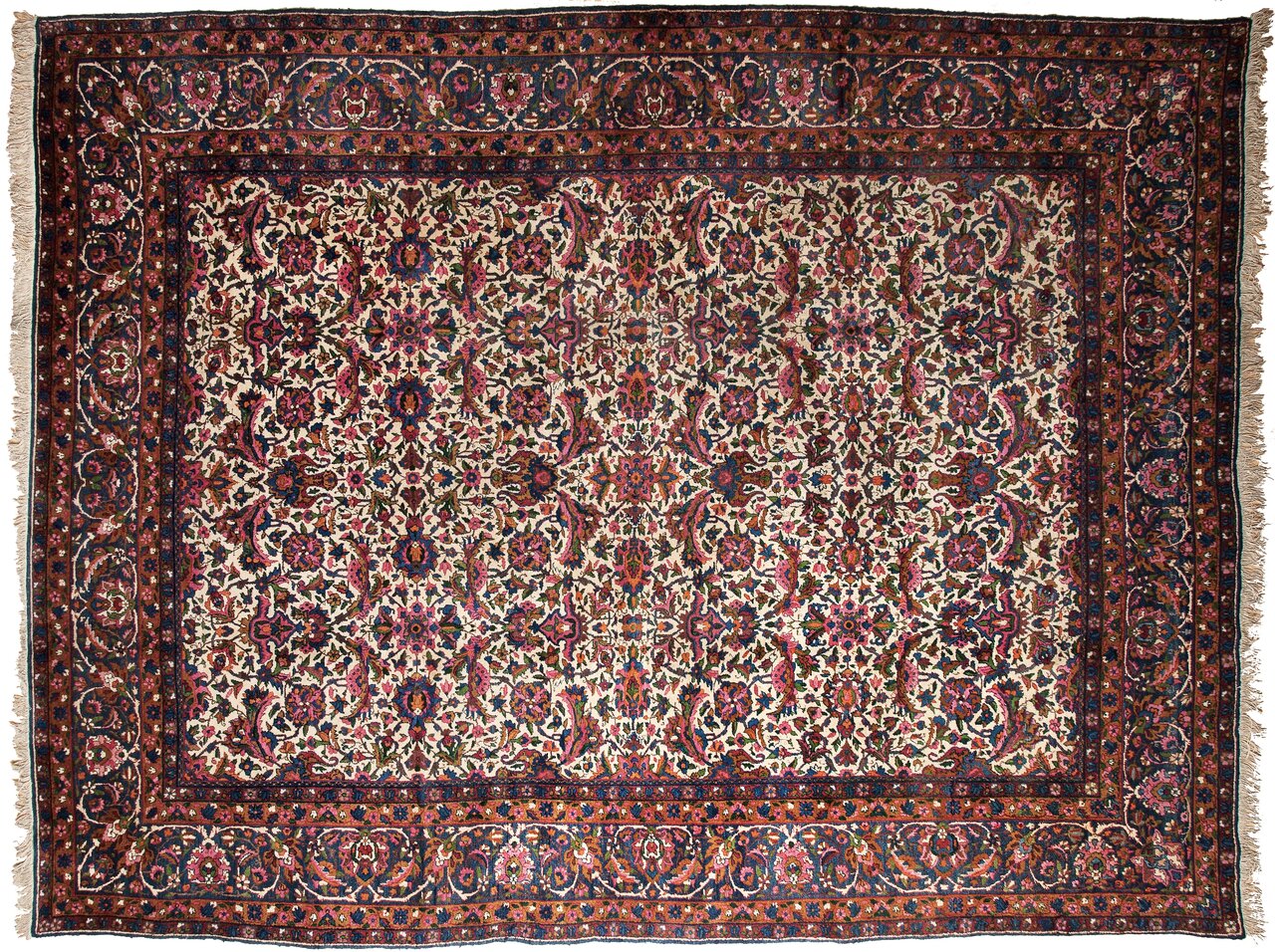History of carpet weaving in Tehran dates 3500 years, expert says

TEHRAN – A cultural heritage researcher and expert has said the origins of carpet weaving in Tehran date from 3500 years ago.
“During excavations held in Qaitarieh hill, northern Tehran, we found carpet weaving tools that are very old. Available evidence reveals there are nearly 3,500 years of carpet weaving around Tehran and Qaitarieh,” Touraj Jhouleh said.
He made the remarks on Friday, addressing a special event dedicated to the history of carpet weaving in Tehran, CHTN reported.
The expert said when it comes to style and expertise, Tehran carpets have commonalities with those woven in western regions of the country.
“Based on the examples that we have analyzed so far, we can say the culture of carpet weaving in Tehran is similar to that of the west of Iran in terms of weaving traditions and not those woven in eastern regions.”
However, there have been other types of weaving in Tehran that belong to ethnic groups that migrated to the Tehran region, Jhouleh said.
Organized by the National Carpet Museum of Iran, the event brought together a number of researchers, experts, archaeologists, historians, and carpet lovers at the prestigious museum located in downtown Tehran.
The art of carpet weaving has been an integral part of Iranian culture and tradition for centuries. The carpets woven in Tehran are known for their intricate designs, vibrant colors, and high quality. The weavers in Tehran use a variety of materials, including wool, silk, and cotton, to create their masterpieces.
Over the centuries, the art of carpet weaving in Tehran has evolved and developed, with new designs and techniques being introduced. Today, Tehran is home to some of the most skilled carpet weavers in the world, and the carpets produced here are highly sought after by collectors and enthusiasts.
Persian carpets are sought after internationally, with the medallion pattern being arguably the most characteristic feature of them all. Weavers spend several months in front of a loom, stringing and knotting thousands of threads. Some practice established patterns. Some make their own.
Each Persian carpet is a scene that seems ageless, a procedure that can take as long as a year. These efforts have long put Iran’s carpets among the most complex and labor-intensive handicrafts in the world. When the weaving is finally done, the carpet is cut, washed, and put out in the sun to dry.
Throughout history, invaders, politicians, and even enemies have left their impact on Iran’s carpets. As mentioned by the Britannica Encyclopedia, little is known about Persian carpet-making before the 15th century, when art was already approaching a peak.
For instance, the Mongol invasion of the 13th century depressed Persia’s artistic life, only partially restored by the renaissance under the Mongol Il-Khan dynasty (1256–1353). Although the conquests of Timur (who died in 1405) were in most respects disastrous to Persia, he favored artisans and spared them to work on his great palaces in Samarkand.
Later in the 17th century, there was a growing demand for the production of many gold and silver-threaded carpets that were ultimately exported to Europe. Some were made in Kashan, but many of the finest came from Isfahan. With their high-keyed fresh colors and opulence, they have affinities with European Renaissance and Baroque idioms.
At the beginning of the 18th century, nomads and town dwellers were still making carpets using dyes developed over centuries, each group maintaining an authentic tradition. Not made for an impatient Western market, these humbler rugs of the “low school” are frequently beautifully designed and are of good material and technique.
AFM
Leave a Comment